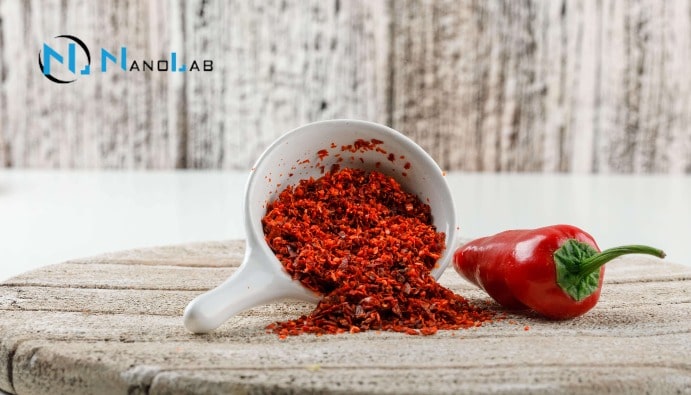
BLOG
KATEGORİDEKİ DİĞER YAZILAR

Counterfeiting and adulteration of spices refers to the addition of unnatural or low-quality substances to reduce the quality or cost of the product. Common examples include coloring with dyes (e.g. Sudan dyes) or food coloring in paprika powder, and the adulteration of spices such as cumin or black pepper with foreign substances such as sawdust, starch or brick dust. This poses serious risks in terms of both consumer misleading and health. Increased inspections and laboratory analyzes are of great importance to prevent counterfeiting and adulteration.
Sudan dyes used in various spices in the food sector are used to adulterate foods. Sudan dyes detected in foods such as chili peppers, sumac and cumin are absolutely unacceptable. “Determination of Sudan Dyes” in various spices and foods is carried out in accredited and authorized Food Analysis Laboratories.
Sudan dyes are organic dyesused to color especially oil and oily compounds. Due to its fat solubility, it can be used illegally to improve the quality of foods. Since they havecarcinogenic effects, they must be detected and prevented in foods.
Although Sudan dyes are legally prohibited, they are among the azo dyes that can be used as food dyes.
Sudan dyes are analyzed in foods in different parameters as Sudan I, Sudan II, Sudan III, Sudan IV, Para Red, Rhodamine, Sudan Red G, Sudan Red B, Sudan Red 7B, Sudan Orange G, Sudan Black B.
Sudan dyes are classified as carcinogenic by the International Center for Research on Cancer. For this reason, the use of sudan dyes in food is strictly prohibited. The illegal addition of sudan dyes to food products carries serious risks to human health. These dyes can have adverse effects on the liver, kidneys and digestive system, and can increase the risk of cancer in case of long-term exposure.
Sudan dyes are commonly used in the following areas:
Nanolab Laboratories Group continues to provide services within the scope of Determination of Sudan Dyes in Foods. We also provide services on Regulatory Compliance.
Contact us for more information.
You can follow us on LinkedIn for up-to-date news and posts about our services.
Follow our Instagram account to be informed about our latest blog posts.